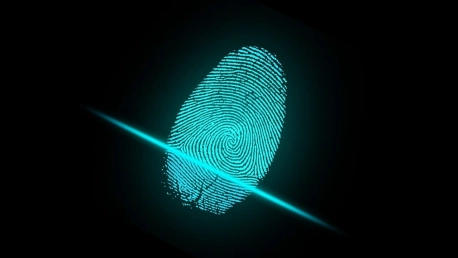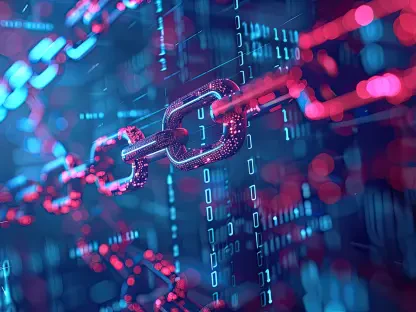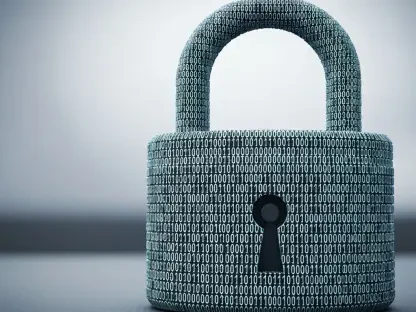As cybersecurity threats continue to escalate, the traditional reliance on passwords has proven insufficient. The digital age demands a more secure approach to protect our virtual existence, prompting the question: Is Multi-factor Authentication (MFA) the key to the future of online security?MFA, by requiring multiple forms of verification, offers a stronger defense against unauthorized access, significantly enhancing online protection. As we increasingly store personal and professional data online, adopting MFA is becoming a necessity rather than a choice.
Understanding the Vulnerabilities of Password Authentication
The Status Quo of Password-Based Security
Passwords, while convenient, are fraught with security risks. Simple passwords are easily compromised, while complex ones are hard to remember and manage. The danger is amplified by common practices such as reusing the same password across multiple platforms, which makes multiple accounts vulnerable through a single point of failure.Security experts endorse the use of unique, strong passwords paired with regular updates and two-factor authentication (2FA) to better secure online activity.
The Implications of Successful Cyber-Attacks
Data breaches highlight the fragility of password-only security. Companies and individuals suffer from these breaches, not only through data loss but also via reputational and financial damage. Multifactor authentication (MFA) is increasingly embraced as a response to these challenges, offering a robust method by combining multiple verification steps.
The Evolution of Multi-factor Authentication (MFA)
Defining Authentication Factors
Authentication factors fall into three main categories: knowledge (what the user knows), possession (what the user has), and inherence (what the user is). MFA combines these to create a more secure access system that is difficult for cybercriminals to breach.
The Rise of Multi-factor Authentication
As cyber threats rise, so does the adoption of MFA, given its effectiveness even when a single factor, such as a password, is compromised. Transitioning to MFA is becoming prevalent across various services, and it may soon become the new norm in digital security.
Navigating Toward Passwordless Authentication
The increasing trend towards passwordless systems aims to counteract password fatigue and enhance both security and user experience. By utilizing biometrics or personal devices for identity verification, these methods pave the way for a more secure and user-friendly online landscape.
Case Study: Modern Enterprises and Authentication
Exploring Auth0’s Approach
Auth0 offers a seamless integration of security into its authentication processes. The company’s adherence to security standards and certifications reflects the possibility of agile identity management without compromising stringent security needs.
The Impact of Cutting-Edge Features
Innovative security features like breached password detection are pivotal in preemptive defense strategies. Companies investing in these measures, like Auth0, help set higher industry standards for online security, benefitting all users.
The Balance Between Security and Convenience
The Ongoing Challenge of Secure Authentication
Securing digital interactions must be done without discouraging users with cumbersome measures. The key is to provide security that’s intuitive and user-friendly, fostering trust without frustration.
User-Friendly Security Innovations
Innovations like facial recognition and biometric fingerprint verification are making secure authentication more user-centric. MFA, in particular, is integral to balancing robust security with ease of use, a trend that is expected to continue shaping our digital interactions in the future.









